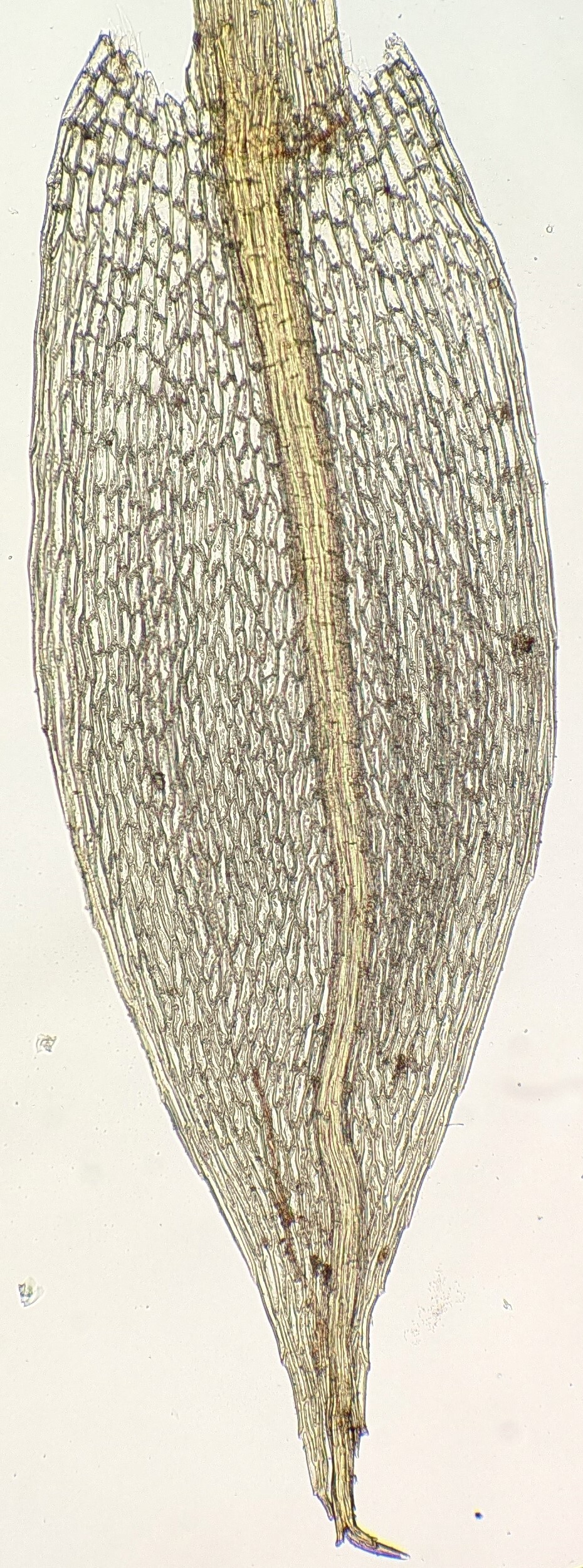Ptychostomum creberrimum
(Taylor) J.R.Spence & H.P.RamsaySynoicous. Asexual propagules absent. Dense tufts or turfs on soil or rock, yellow-green. Stems branched by innovation, 10–30 mm tall, reddish-brown, tomentose. Leaves erecto-patent when moist, spirally twisted around stem when dry, lanceolate to ovate-lanceolate, 1.3–2.3 mm long, ±concave; apex acuminate; costa excurrent as a short point; margin entire or denticulate at apex, strongly recurved, with 3–5 rows of longer and narrower cells forming a distinct border; laminal cells in apical half rhomboidal to hexagonal, 40–70 μm long, 10–15 μm wide; basal laminal cells long-rectangular; alar cells inflated, reddish. Seta 15–30 mm long, red. Capsule inclined to pendent, narrowly pyriform, 2.5–3.5 mm long, symmetric. Peristome well-developed, with basal membrane to c. half height of exostome; cilia 2, appendiculate. Operculum low-conic, apiculate.
MuM, GleP, Brid, VVP, GipP, CVU, GGr, EGU, HSF, VAlp. Widespread throughout Victoria and occurring in a variety of habitats, including disturbed sites, alpine bogs, subalpine woodland, rocky creek margins and coastal woodland. Also WA, SA, NSW, ACT, Tas and Lord Howe Island. New Zealand, southern South America and temperate regions of the Northern Hemisphere.
 Spinning
Spinning

